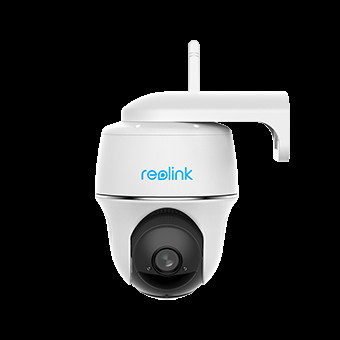Connecting your Amazon Echo (Alexa) to WiFi is crucial for unlocking its full potential. Without a stable internet connection, Alexa’s functionality is severely limited. This article explores the importance of WiFi for Alexa, outlines how to connect it to various networks, and provides troubleshooting tips for common connectivity issues.
Why WiFi is Essential for Alexa
Alexa relies on the internet to access information, process requests, and perform most of its functions. A WiFi connection enables Alexa to:
- Stream music and podcasts: Access services like Amazon Music, Spotify, and Apple Music.
- Control smart home devices: Manage lights, thermostats, and other compatible devices.
- Provide information: Answer questions, deliver news updates, and report weather forecasts.
- Communicate with others: Make calls, send messages, and use Drop In.
- Utilize skills: Access a vast library of third-party applications that extend Alexa’s capabilities.
Similar to other smart home ecosystems like Google Assistant and Apple HomeKit, Alexa’s cloud-based processing allows for seamless integration and real-time responses. Security cameras, like the Reolink Argus 4 Pro, also depend on WiFi for connectivity and remote monitoring. For Alexa-compatible security cameras, the Reolink Argus PT offers hands-free control and monitoring through voice commands.
 alt text: a reolink argus pt security camera
alt text: a reolink argus pt security camera
Alexa Without WiFi: Limited Functionality
Without WiFi, Alexa operates in a significantly restricted mode, acting primarily as a basic Bluetooth speaker and timer. Essential features like voice recognition, app integration, software updates, and access to cloud-based services are unavailable.
Connecting Alexa to WiFi
Connecting Alexa to your home WiFi network is a straightforward process:
- Download and Sign In: Download the Amazon Alexa app on your smartphone and sign in to your Amazon account.
- Add Device: Open the app, navigate to “Devices,” tap the “+” icon, and select “Add Device.” Choose your Alexa device from the list.
- Connect to Temporary WiFi: The app will guide you to connect your smartphone to a temporary Amazon WiFi network.
- Select Home Network: Using the Alexa app, choose your home WiFi network, enter the password, and complete the setup.
Connecting Alexa to a New WiFi Network
Switching to a new router or internet service provider requires reconnecting Alexa:
- Access Device Settings: Open the Alexa app, go to “Devices,” and select your Alexa device.
- Change WiFi Network: Tap the “WiFi Network” option and then the “Change” icon. You might need to put your device in setup mode by holding the action button.
- Select and Connect: Choose your new WiFi network, enter the password, and complete the setup process.
Connecting Alexa to WiFi Without the App
While the app offers the easiest method, you can connect Alexa to WiFi using a web browser:
- Access Amazon Alexa Website: Open a web browser and go to alexa.amazon.com. Sign in to your Amazon account.
- Navigate to Device Setup: Click “Settings” in the left menu, then “Devices,” and select “Set up a new device.”
- Choose and Connect: Choose your Alexa device, put it in setup mode (indicated by an orange ring), connect to the temporary Amazon network, and follow the on-screen instructions to select and connect to your desired WiFi network.
Troubleshooting WiFi Connection Issues
If Alexa won’t connect to WiFi, try these troubleshooting steps:
- Restart Alexa: Unplug your Alexa device, wait 30 seconds, and plug it back in.
- Check WiFi Network: Verify your WiFi is functioning correctly by connecting another device.
- Verify WiFi Settings: Ensure you’re using the correct network name and password, and that your router is using a compatible frequency band (2.4 GHz or 5 GHz).
- Reduce WiFi Congestion: Disconnect other devices or pause bandwidth-intensive activities.
- Update Router Firmware: Check for and install the latest firmware updates for your router.
Conclusion
WiFi connectivity is paramount for a fully functional Alexa experience. By understanding the connection process and troubleshooting common issues, you can ensure your Alexa device operates seamlessly and provides access to its wide range of features.